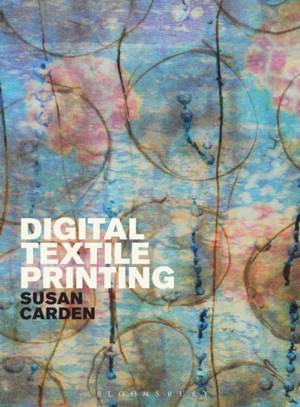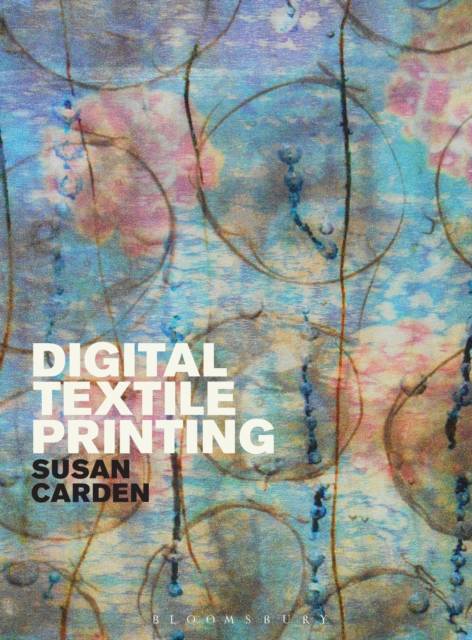
- Afhalen na 1 uur in een winkel met voorraad
- Gratis thuislevering in België vanaf € 30
- Ruim aanbod met 7 miljoen producten
- Afhalen na 1 uur in een winkel met voorraad
- Gratis thuislevering in België vanaf € 30
- Ruim aanbod met 7 miljoen producten
Zoeken
€ 228,95
+ 457 punten
Uitvoering
Omschrijving
The development of digital textile printing at the end of the twentieth century has had a profound effect on the design, creation, use and understanding of textiles. This new technology - combined with advances in fabric and dye chemistry - has made it possible to produce complex images on fabric comprising millions of colours, quickly, inexpensively and in flexible quantities; a revolution that has led to a rapid increase in demand, which is predicted to rise still further.
This book is the first to describe the historical and cultural context from which digital textile printing emerged, and to engage critically with the many issues that it raises: the changing role of the designer in the creation of printed textiles; the ways in which the design process is being transformed by new technology; the relationships between producers, clients and the textile industry; and the impact of digital printing on the wider creative industries. At the core of this study are two key questions: what constitutes authenticity in an age when printed textiles are created through the combined agency of the artist/designer and the computer? And how can this new technology be put to work in a sustainable way during a period of spiralling demand?Specificaties
Betrokkenen
- Auteur(s):
- Uitgeverij:
Inhoud
- Aantal bladzijden:
- 160
- Taal:
- Engels
- Reeks:
Eigenschappen
- Productcode (EAN):
- 9781472535689
- Verschijningsdatum:
- 17/12/2015
- Uitvoering:
- Hardcover
- Formaat:
- Genaaid
- Afmetingen:
- 196 mm x 251 mm
- Gewicht:
- 566 g

Alleen bij Standaard Boekhandel
+ 457 punten op je klantenkaart van Standaard Boekhandel
Beoordelingen
We publiceren alleen reviews die voldoen aan de voorwaarden voor reviews. Bekijk onze voorwaarden voor reviews.








